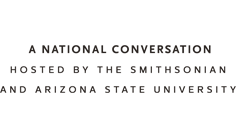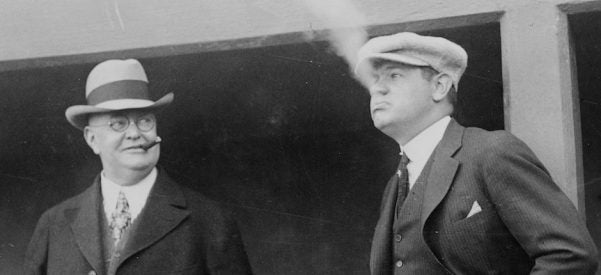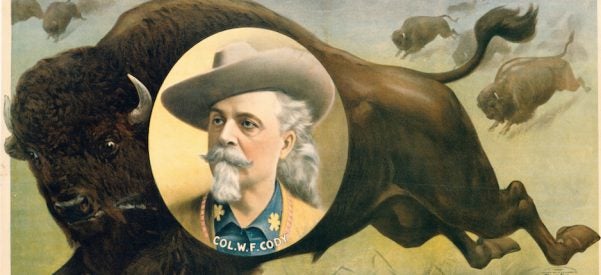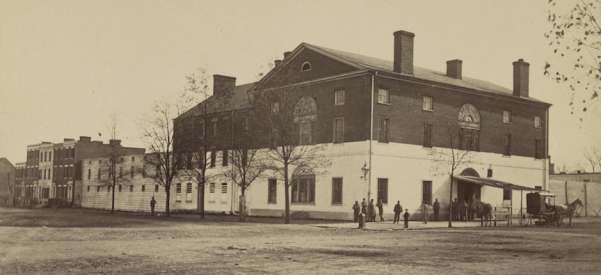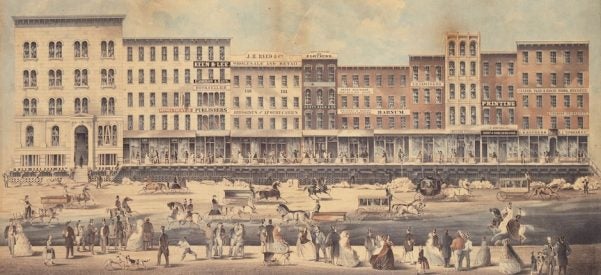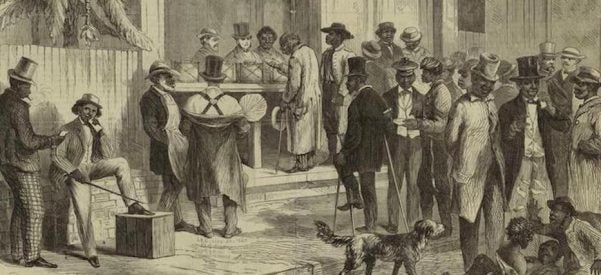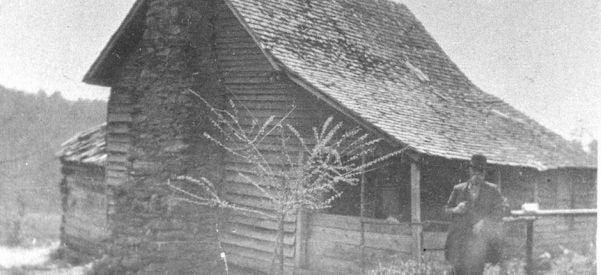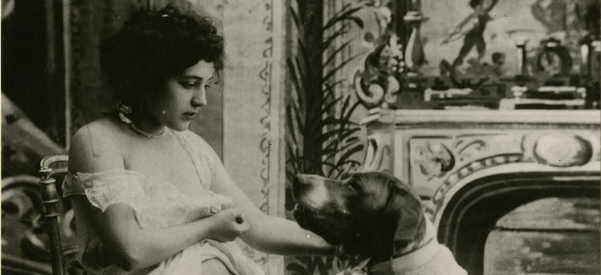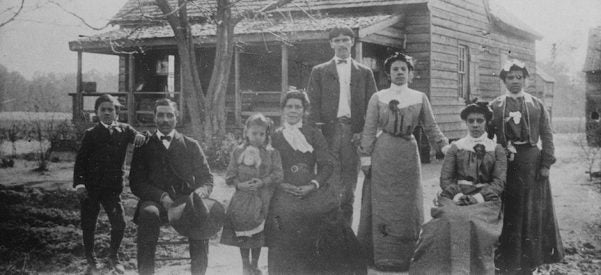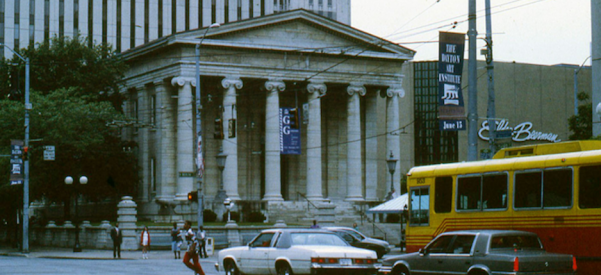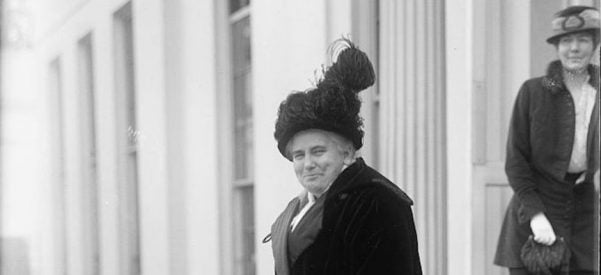Why Major League Baseball Tried to Rein In Babe Ruth
The Sultan of Swat Saved a Discredited Game, But the Sport's Establishment Sought to Tame Its Headstrong Superstar
Babe Ruth was baseball’s greatest hero. So why did the national pastime’s establishment turn against him?
The answer lies in the untold story of Ruth’s challenge to the authorities ruling baseball—a story that defies deeply held American myths about upward mobility and classless democracy.
Today, Ruth is most remembered as the benchmark for excellence. To be known as “the Babe Ruth of…” is to say that you are the dominant figure in some enterprise.
It also connotes popularity. As a baseball …

